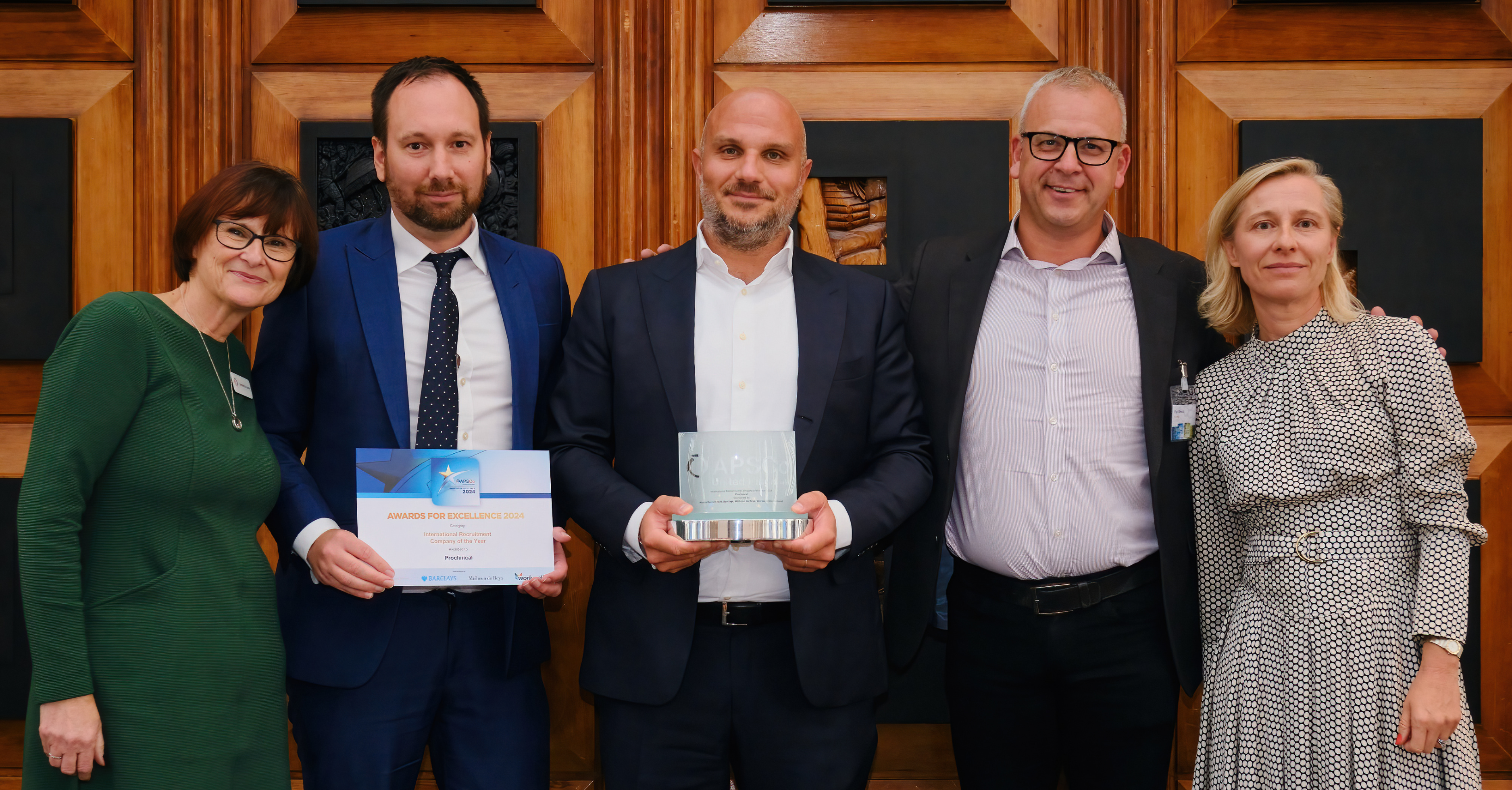
∫⁄¡œ ”∆µ
From the
first approved cannabis-based drug to the first antibiotic to be developed in
over a decade, 2018 has truly been a year of ‘firsts’ in FDA approvals. Surpassing
last year’s impressive figures, the FDA has approved a record 55 novel drugs, as
well as several innovative devices and diagnostics.
Building on
their mission in 2017, the FDA has continued to push through treatments for
rare and orphan diseases to tackle this key area of unmet medical need. There
has also been more effective therapies emerging for life-threatening infectious
diseases like HIV, as well as significant steps in combatting the global
antibiotic resistance emergency. Among them are certainly some unexpected
approvals, such as TPOXX, a drug specifically developed to protect us against the
smallpox virus being used in biological warfare.
∫⁄¡œ ”∆µ
has reviewed the many FDA approvals of 2018 and picked out some of the most innovative
and significant of the year:
10. Epidiolex (cannabidiol)
Epidiolex
is the first FDA-approved drug to contain cannabis. GW Pharmaceuticals gained
regulatory approval in June 2018 for the drug which is a purified version of
cannabidiol (CBD), one of the many molecules found in marijuana. Epidiolex will
used to treat two very rare but severe forms of epilepsy, Lennox-Gastaut
Syndrome (LGS) and Dravet syndrome. This marks a big medical advancement as the
active ingredients in marijuana have the potential to lead to many more
important discoveries. Epidiolex is predicted to become GW Pharmaceuticals’
first blockbuster drug.
9. TPOXX (tecovirimat)
Although
the historically devastating virus smallpox was declared eradicated by the
World Health Organisation (WHO) in 1980, there have been ongoing concerns that
the disease could be recreated and used as a bioweapon. In an effort to combat
bioterrorism, the US Congress began taking proactive steps with the approval of
TPOXX, the first treatment developed specifically to treat smallpox.
Smallpox was
thought to kill about 30% of its victims and was one of the leading causes of
death in the 18th and 19th centuries. There have been
several cases of smallpox being used as biological warfare throughout history,
so TPOXX could be key in managing future public health emergencies.
8. Lucemyra (lofexidine hydrochroride)
The US is
currently experiencing an opioid epidemic, with over 72,000 overdose deaths
reported in 2017. Opioids include illegal drugs such as heroin or fentanyl but
also medically prescribed painkillers like morphine. Lucemyra is the to be approved by the FDA for the management of
withdrawal symptoms following abrupt discontinuation of the drugs. This is US
WorldMeds’ innovative approach to combatting the opioid epidemic in the most
safe and effective way for patients.
Another
non-narcotic solution to the crisis is DyAnsys’ development of a wearable
auricular neurostimulation device called Drug Relief. The device, which gained
FDA approval in June 2018, is specifically designed to when worn over a 120 hour period. Patients
are thought to experience reduced withdrawal within 30-60 minutes of treatment.
7. Erleada (apalutamide)
Prostate
cancer is and the second leading cause of death in men. There
are over 150,000 new cases per year in the US and 40,000 in the UK. Erleada is
the first approved drug for the treatment of patients with a particular form of
the disease: non-metastatic castration-resistant prostate cancer (NM-CRPC). The
drug was granted a Priority review following clinical data showing a 72%
reduction in the disease spreading or causing death. Patients who trialled the
drug had a median metastasis-free (when the cancer doesn’t spread) survival of
over two years.
6. Crysvita (burosumab-twza)
In recent
years, the number of therapies approved for the treatment of orphan and rare
disease is on the rise. This is an effort to bring life-saving treatment to the
30million people suffering from a rare disease in the US alone. According to a
report by Evaluate Group, sales of orphan drugs are set to climb 11% each year
until 2024.
Key
examples of rare disease approvals in 2018 include Crysvita, to treat X-linked
hypophosphatemia (XLH), a rare hereditary bone disease. Also, Galafold, the
first oral treatment for patients with Fabry disease, a genetic condition
caused by the deficiency of an enzyme which often affects the kidneys, heart
and nervous system.
5. Aimovig (erenumab-aooe)
It’s
thought that as many as 1 in 7 people in the US suffer from migraines, which
are severe headaches that often cause nausea and serious vision problems. Novartis’
Aimovig is thought to be ground-breaking for long-suffering migraine patients.
It is the only drug to have been specifically developed for and is the very first to block the calcitonin gene-related
peptide receptor (CGRP-R), a leading cause of migraines. Clinical trial data
reported a 50% or more reduction in monthly migraines, and 1 in 4 were
migraine-free after extended use of the drug.
4. Apple ECG watch
Apple
released the long-awaited Apple Watch Series 4 in December 2018, which includes
a very special new electrocardiogram (ECG) feature that has the potential to
save lives. The integrated ECG monitor enables people to track their heart
rhythm and, crucially, alert them to potentially serious heart conditions like
atrial fibrillation (AFib). AFib is an irregular heartbeat that can lead to
blood clots, heart attacks and strokes.
The FDA
granted clearance of the ECG feature along with another that tracks irregular
rhythms. Within the first few days of ECG watch’s release there were , alerting users to the condition and urging
them to seek life-saving medical attention much sooner.
3. Biktarvy (bictegravir, embitcitabine, tenofovir alafenamide)
Biktarvy
was a highly anticipated treatment for HIV-1 that finally gained FDA approval
in July 2018. It is now the smallest that includes the new integrase inhibitor, bictegravir,
combined with tried and tested drugs. Gilead’s ‘complete regime’ has shown to
be effective in patients both new to therapy and those switching therapies. Clinical
trials continue as the efficacy of Biktarvy is tested among women, adolescents
and children with HIV.
2. Nuzyra (omadacycline)
Antibiotic resistance is one of the fastest growing threats to our health, as antibiotics
become less effective in the wake of deadly superbugs. Life science companies
are working hard to protect our future health by developing new antibiotics
that work against drug-resistant bacteria. In October 2018, the FDA approved Paratek
Pharmaceuticals’ Nuzyra, a new antibiotic to treat acute bacterial skin
infections and community-acquired pneumonia. Significantly, the drug is like doxycycline. It’s also the first
once-daily IV and oral antibiotic to be approved in over a decade.
1. Trogarzo
(ibalizumab-uiyk)
Like
bacteria, viruses can become resistant to drugs. This is certainly the case
with the HIV virus. In October 2018, TaiMed Biologics gained FDA-approval for
their HIV therapy that offers effective therapy for patients who have a long
history of treatment and now find their regimens ineffective due to drug-resistance.
Trogarzo marks the beginning of a new class of antiretroviral drugs which are
effective against multi drug-resistant HIV, and will provide a life line for patients living with this terrible disease.
2018 has
been another strong year for FDA approvals, with many innovative drugs and devices
being made available for patients in the USA. Which do you think was the most
significant FDA approval of the year? Do you have any predictions for 2019? Let
us know in the comments!
Have you ever wanted to work for a life science company that
brings innovative and life-saving treatments to patients around the world?
∫⁄¡œ ”∆µ works with several leading pharmas and pioneering biotechs that
have many opportunities for talented life science professionals to join them.
Check out current jobs, or simply upload your CV and wait to be contacted with an ideal opportunity!



.png)





.png)
.png)

.png)

.png)











